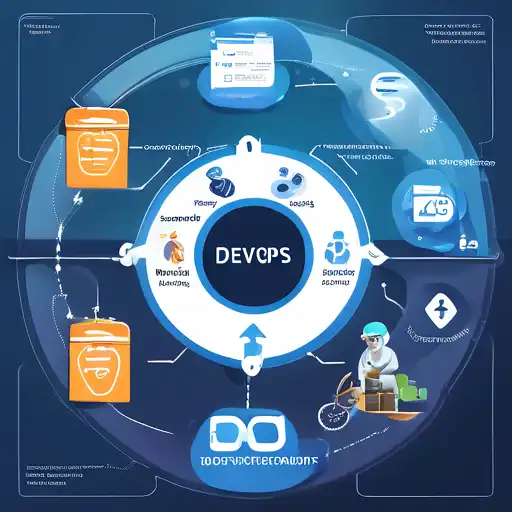Introduction to DevOps in Software Development
DevOps has revolutionized the way software is developed, deployed, and maintained. By bridging the gap between development and operations teams, DevOps practices ensure a smoother, faster, and more efficient software development lifecycle (SDLC). This article explores the myriad ways DevOps enhances the SDLC, from improved collaboration to accelerated delivery times.
Key Benefits of DevOps in the SDLC
DevOps brings several advantages to the software development process, including but not limited to:
- Improved Collaboration: DevOps fosters a culture of collaboration between developers and operations teams, breaking down silos and enhancing communication.
- Continuous Integration and Continuous Delivery (CI/CD): Automating the integration and delivery processes ensures that software can be released to production at any time, with minimal manual intervention.
- Increased Efficiency: Automation tools reduce the time and effort required for repetitive tasks, allowing teams to focus on innovation.
- Higher Quality Products: Continuous testing and monitoring lead to the early detection and resolution of issues, resulting in higher quality software.
DevOps Practices That Transform the SDLC
Implementing DevOps practices can significantly improve the efficiency and effectiveness of the SDLC. Some of these practices include:
- Infrastructure as Code (IaC): Managing infrastructure through code improves consistency and reduces the chances of human error.
- Microservices Architecture: Breaking down applications into smaller, independently deployable services enhances scalability and flexibility.
- Automated Testing: Automated tests run as part of the CI/CD pipeline ensure that code changes do not introduce new bugs.
- Continuous Monitoring: Real-time monitoring of applications in production helps in quickly identifying and addressing performance issues.
Challenges and Solutions in Adopting DevOps
While DevOps offers numerous benefits, organizations may face challenges in its adoption. These include cultural resistance, skill gaps, and toolchain complexity. Overcoming these challenges requires a strategic approach, including training, choosing the right tools, and fostering a culture of continuous improvement.
Conclusion
DevOps is not just a set of practices but a culture that, when embraced, can significantly improve the software development lifecycle. By promoting collaboration, automation, and continuous improvement, DevOps enables organizations to deliver high-quality software faster and more efficiently. As the technology landscape evolves, the adoption of DevOps practices will continue to be a key differentiator for successful software development teams.
For more insights into optimizing your development processes, explore our articles on CI/CD pipelines and automated testing strategies.
